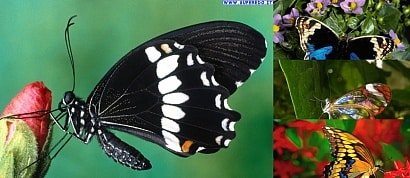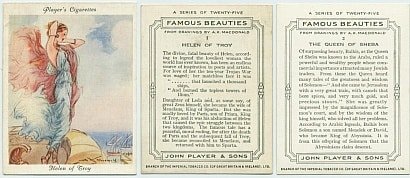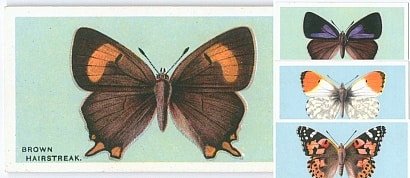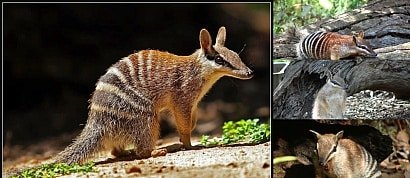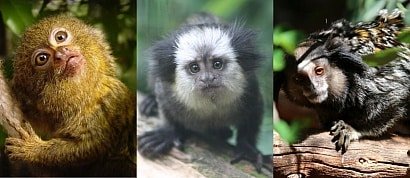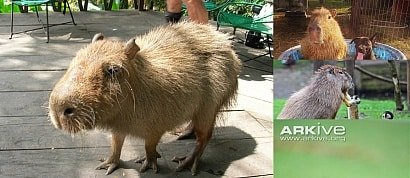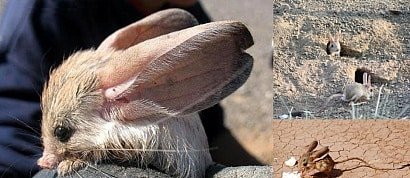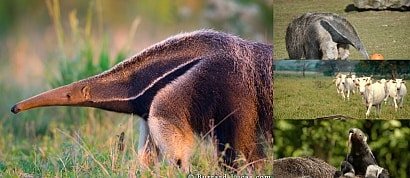A list of my favorite images of echidnas.
en.wikipedia.org/wiki/Echidna
Echidnas, sometimes known as spiny anteaters, belong to the family Tachyglossidae in the monotreme order of egg-laying mammals. The four extant species, together with the platypus, are the only surviving members of that order and are the only extant mammals that lay eggs.
Their diet consists of ants and termites, but they are not closely related to the true anteaters of the Americas. They live in Australia and New Guinea.
Echidnas evidently evolved between 20 and 50 million years ago, descending from a platypus-like monotreme. This ancestor was aquatic but echidnas are adapted to life on land.
The echidnas are named after the "Mother of monsters" in Greek mythology despite not resembling the mythological creature.
Echidnas are small, solitary mammals covered with coarse hair and spines. Superficially, they resemble the anteaters of South America and other spiny mammals such as hedgehogs and porcupines. They are usually black or brown in colour. There have been several reports of 'albino' echidnas, their eyes pink and their spines white. They have elongated and slender snouts that function as both mouth and nose.
Like the platypus, they are equipped with electrosensors, but while the platypus has 40,000 electroreceptors on its bill, the long-billed echidna has only 2,000, and the short-billed echidna, which lives in a drier environment, has no more than 400 located at the tip of its snout. They have very short, strong limbs with large claws, and are powerful diggers. Echidnas have tiny mouths and toothless jaws.
The echidna feeds by tearing open soft logs, anthills and the like, and using its long, sticky tongue, which protrudes from its snout, to collect prey.
The short-beaked echidna's diet consists largely of ants and termites, while the Zaglossus species typically eats worms and insect larvae. They have no teeth and break down their food by grinding it between the bottoms of their mouths and their tongues.
The echidnas' ears are slits on the sides of their heads that are usually unseen due to the fact that they are blanketed by their spines. The external ear is called the "pinna", which is created by a large cartilaginous funnel, deep in the muscle.
Echidnas do not enjoy extreme temperatures, and use caves and rock crevasses to hide from harsh weather conditions. Echidnas can be found in forests, woodlands, snuggled under vegetation, roots or piles of debris. They sometimes hide in other animal burrows, such as rabbits and wombats.
Echidnas have large territories causing their areas to overlap. In addition, echidnas are decent swimmers. When swimming, echidnas expose their snout and some of their spines. They are known to journey their way to water in order to groom and bathe themselves.
Long-beaked echidnas have sharp, tiny spines on their tongues that help capture their prey. The echidnas feces are 7 centimeters long and are cylindrical in shape; they are usually broken and unrounded. When eating they consume large amounts of dirt and ant hill material, which makes up majority of their feces.
Added to
People who voted for this also voted for
Irene Dunne - Favorite Movies
Anautix' favourite Russian Films
Marcello Dudovich' "Simplicissimus" Artworks_2
Favorite Shelley Duvall Movies
Butterflies
Cigarette Cards: History of Aviation (1932)
Favorite John Ford Movies
Cigarette Cards: Life on Board a Man of War (1905)
Actors Who Played Painter
Georges Delerue - French Composer
Anautix' favourite Asian Movies
Best German Speaking Directors
Cigarette Cards: Famous Beauties (1937)
Photomovie : 300
Cigarette Cards: British Butterflies (1930)
More lists from kathy
Favorite Images of Numbats
Favorite Images of Dolls by Irina Andreyeva
Favorite Images of Marmosets
Favorite Images of Capybaras #1
Favorite Images of Rodents
Favorite Images of Jerboas
Favorite Images of Anteaters
 Login
Login











































